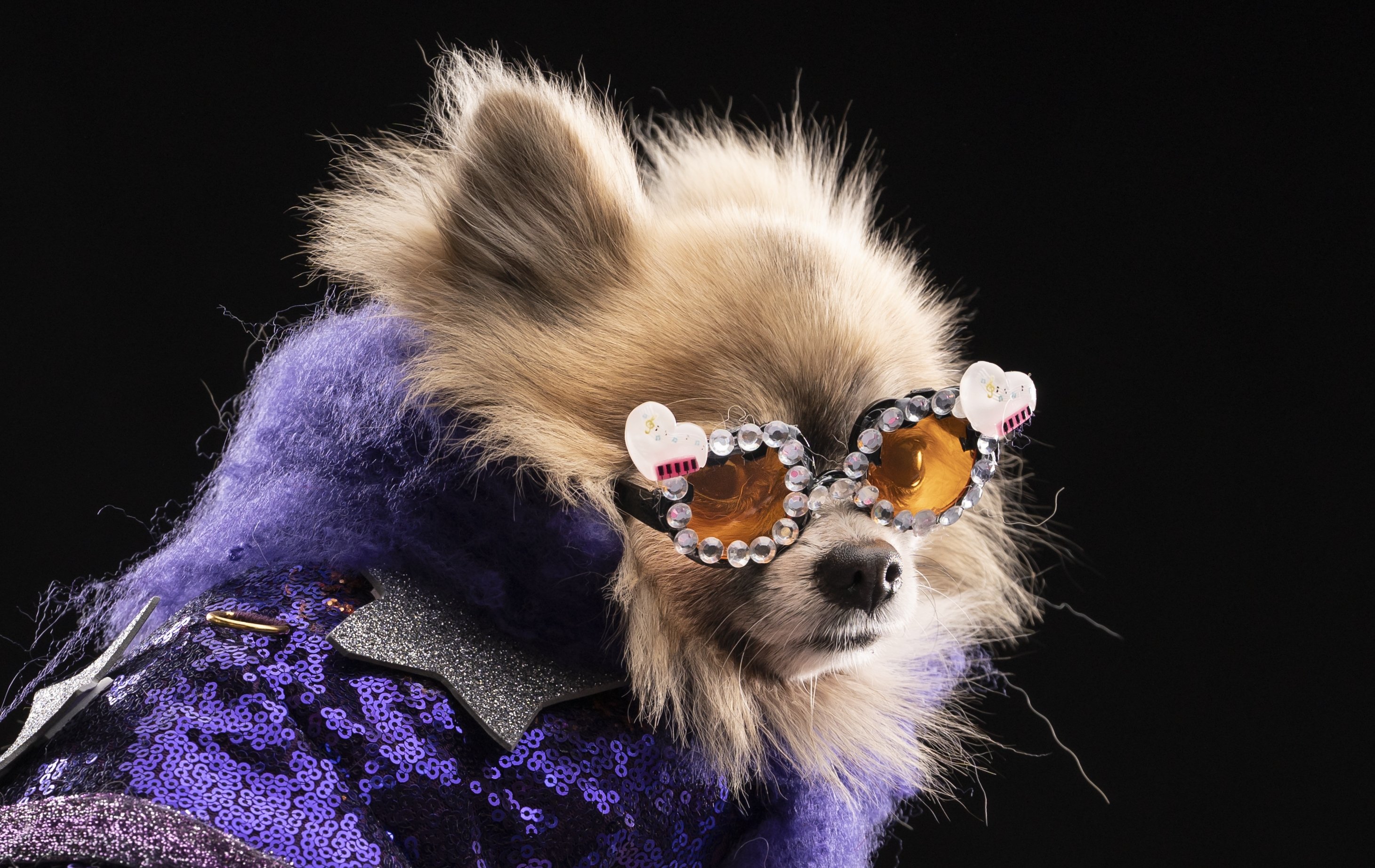© Turkuvaz Haberleşme ve Yayıncılık 2025
Choosing not to dress up your pet for Halloween is the recommended choice according to animal rights experts, who emphasize the importance of considering your furry friend's well-being above the appeal of cute costumes.
"Costumes not only restrict the animals' freedom of movement but also their ability to communicate," says Karina Omelyanowskaya from the German animal welfare organization Four Paws.
Dogs communicate mainly through their tails and ears, but if the costume covers these body parts, that no longer works properly, creating a distressing situation for the animal, according to the expert.
Animal rights organization PETA also says dressing up your pet is "a bad look," pointing out that pet costumes are often "poorly constructed or uncomfortable" and the animal often isn't given any time to get used to them.
Plus, "these costumes are designed to attract attention, which subjects animals to potentially stressful social encounters in uncomfortable clothing," PETA says.

Pet owners might also do well to consider their pet when buying their own costumes. It might create extra stress for overly sensitive animals if they suddenly can't see your face anymore, for example.
Dogs and cats "recognize us by smell, but most of all they interpret our facial expressions," says Omelyanovskaya.
If you live on a heavily frequented trick-or-treating route, consider putting your furry friends in a quiet room for the evening or distracting them by putting on music.
A long walk can take the strain off dogs before the hustle and bustle begins in the evening. Cats on the other hand should better stay indoors on Halloween.
